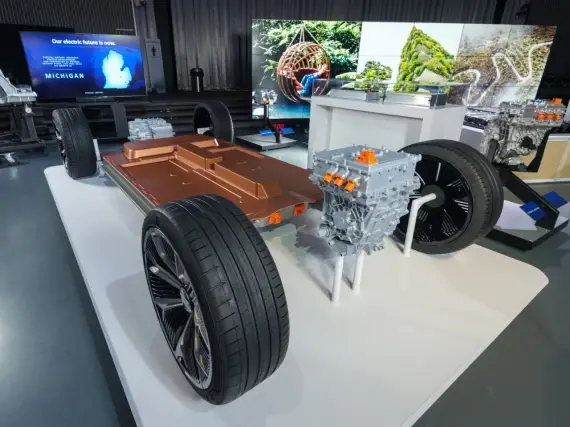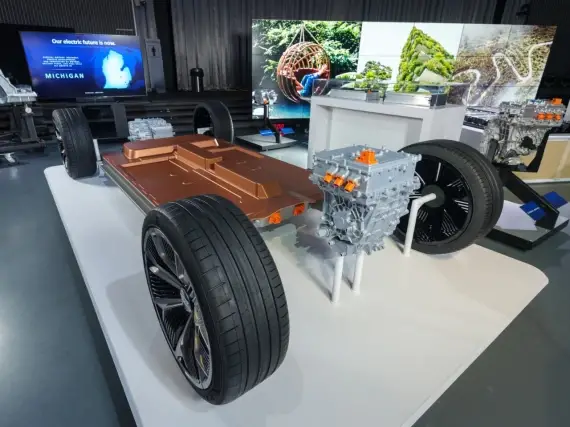GM Reveals New EV Battery Tech And Platform
GM’s new Ultium batteries are unique in the industry because the large-format, pouch-style cells can be stacked vertically or horizontally…


GM’s new Ultium batteries are unique in the industry because the large-format, pouch-style cells can be stacked vertically or horizontally inside the battery pack. This allows engineers to optimize battery energy storage and layout for each vehicle design.
Ultium energy options range from 50 to 200 kWh, which could enable a GM-estimated range up to 400 miles or more on a full charge, with 0 to 60 mph acceleration as low as 3 seconds. Motors designed in-house will support the front-wheel drive, rear-wheel drive, all-wheel drive, and performance all-wheel drive applications.
Ultium-powered EVs are designed for Level 2 and DC fast charging. Most will have 400-volt battery packs and up to 200 kW fast-charging capability, while our truck platform will have 800-volt battery packs and 350 kW fast-charging capability.
GM’s flexible, modular approach to EV development will drive significant economies of scale and create new revenue opportunities, including Continuous Improvement in Battery Costs, GM’s joint venture with LG Chem will drive battery cell costs below $100/kWh. The cells use proprietary low cobalt chemistry and ongoing technological and manufacturing breakthroughs will drive costs even lower.
GM’s all-new global platform is flexible enough to build a wide range of trucks, SUVs, crossovers, cars and commercial vehicles with outstanding design, performance, packaging, range, and affordability.
In matters of efficiency, GM can spend less capital to scale its EV business because it is able to leverage existing property, including land, buildings, tools and production equipment such as body shops and paint shops.
Complexity Reduction: The vehicle and propulsion systems were designed together to minimize complexity and part counts beyond today’s EVs, which are less complex than conventional vehicles powered by internal combustion engines. For example, GM plans 19 different battery and drive unit configurations initially, compared with 550 internal combustion powertrain combinations available today.
Rising Customer Acceptance: Third-party forecasters expect U.S. EV volumes to more than double from 2025 to 2030 to about 3 million units on average. GM believes volumes could be materially higher than more EVs are launched in popular segments, charging networks grow and the total cost of ownership to consumers continues to fall.
By vertically integrating the manufacture of battery cells, the company can reach beyond its own fleet and license the technology to others, hence becoming a new source of income.
GM’s technology can be scaled to meet customer demand much higher than the more than 1 million global sales the company expects mid-decade.




